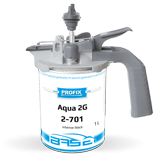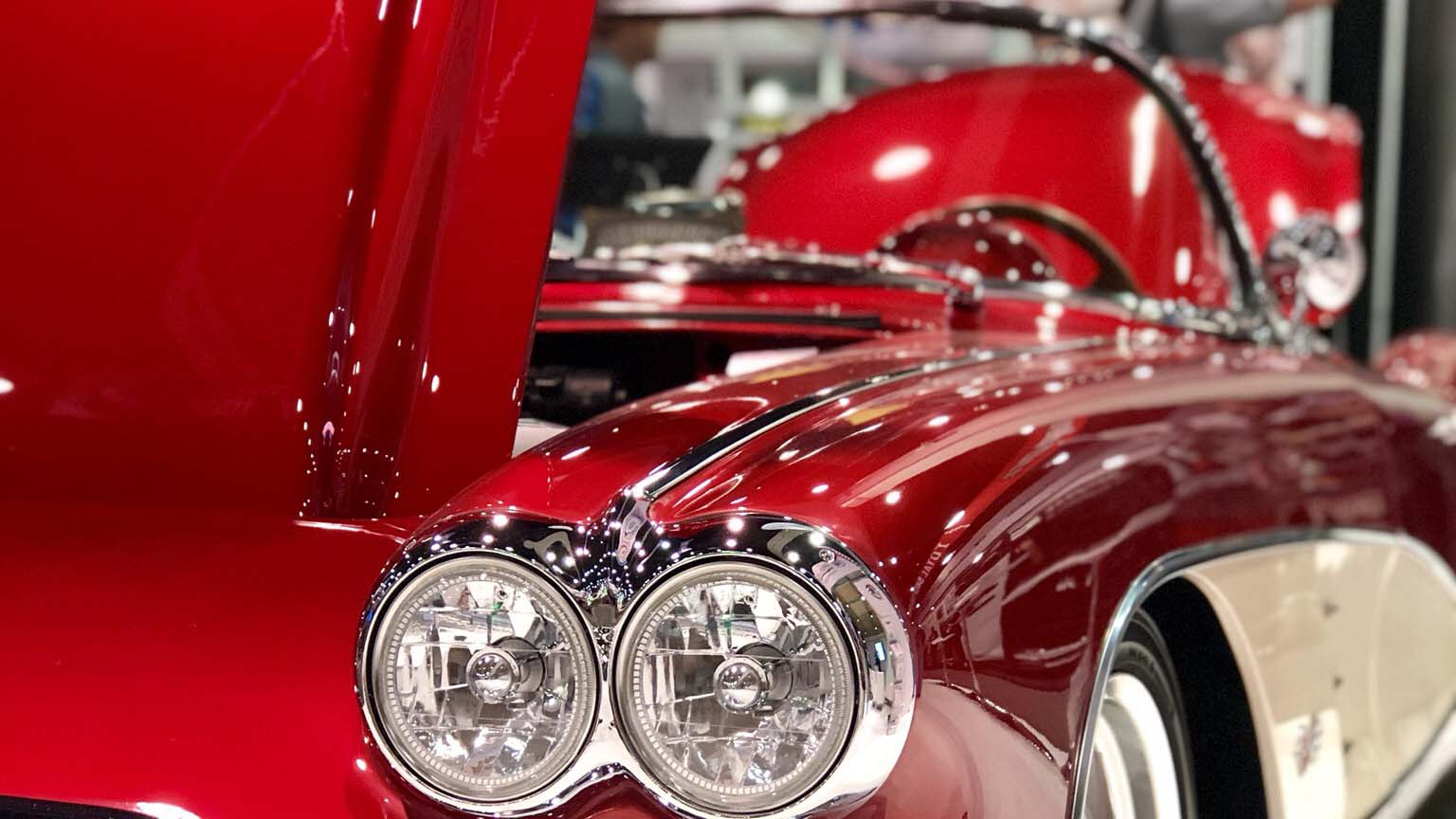Recently added
Most read
Why use the water-soluble lacquers, when the conventional ones are available?
Painting with a base coat and clear coat
Painting with a base coat and clear coat
If the title sounds like a topic for a lesson in school, that’s because it is sometimes worthwhile to remind ourselves of basics and organize our knowledge systematically. For beginners, this will be a handy compendium of the most important issues in painting.
When writing about a base coat, of course we have in mind a 1K base paint, thanks to which we ca obtain a colored surface. Base coat paint requires protection in the form of a clear coat. This can be either a two-component product (paint + hardener) or a one-component product. In the case of repair work, most often a 2K clearcoat is used, due to the greater quality and durability of the surface obtained.
What kinds of surfaces can be painted?
Base coats can be applied to surfaces which have been prepared with acrylic or epoxy primers, having previously been matted with a gradation of sandpapers from P800-P1000 (wet), or P400-P500 (dry). The base coat may also be applied to a fresh primer using the wet-on-wet method, in which case matting is not required.
Old painted surfaces can also be painted with a base coat when they need renovation, a change of color, or shading. Old painted surfaces should be polished using similar sandpaper gradations as in the case of acrylic primers, and areas to be shaded should be matted using a gradation of P1200-P1500 or gray abrasive pad.
Clear coats are applied to surfaces which have been previously prepared with a base coat. We must only remember to respect the required drying times so that the base coat has time to dry out before we apply the clear coat – detailed information can be found in the technical card of specific products. Clear coats can also be applied to shaded elements in which the base coat appears on only a part of the element, and the remainder is old paint.
After how long should the clear coat be applied?
This is an important parameter and it must be adhered to without fail - instructions in the technical card of the product must be read and followed. If a clear coat is applied too soon, the thinner in the base coat will be trapped by the clear coat. This can be compared to sealing the base coat under a plastic sheet. The thinner trapped on the surface attempts to escape somehow, which can lead to the occurrence of gas bubbles in the clear coat, and thus to a deterioration in the adhesion of the clear coat to the surface.
If the clear coat is applied too late (this typically mean more than eight hours after application of the base), the dried out base coat will not bind to the clear coat, leading to flaking of the painted surface.
What kinds of 1K clear coats work best on base coats?
1K clear coats are characterized by their quick drying times, and usually do not need to be heated to high temperatures. They can most definitely be used with base coats. At the same time, they are also a good way to make quick repairs where great durability of the finished surface is not required. They are used in smart-repair jobs, as well as in annual refreshing of the painted surface.
What kind of clear coat should be used with conventional base coats, and what kind with water-based paints?
All types of clear coats can be applied to conventional base coats: LS, MS, HS, as well as VHS. The choice depends solely on our preference. In the case of water-based base coats however, I recommend using HS and VHS clear coats, as they contain a higher proportion of solid particles and less thinner which could penetrate the base coat and dissolve a layer of it, negatively influencing both the appearance and quality of the surface.
Does a clear coat influence the final color of the surface?
Clear coats create a protective and decorative coating over the base coat. This works like a magnifying glass which enlarges all the defects of the surface. The important thing is how it is applied, whether smoothly or with an orange peel effect. This effect can change the way a given color on the surface is perceived.
The thickness of the clear coat layer is also important – this “magnifying glass” can affect the light flow in different ways, and thus change the color as seen by our eyes.
Finally, the slightly yellowish hue of a clear coat can sometimes change the color we perceive, especially in the case of light colors.









